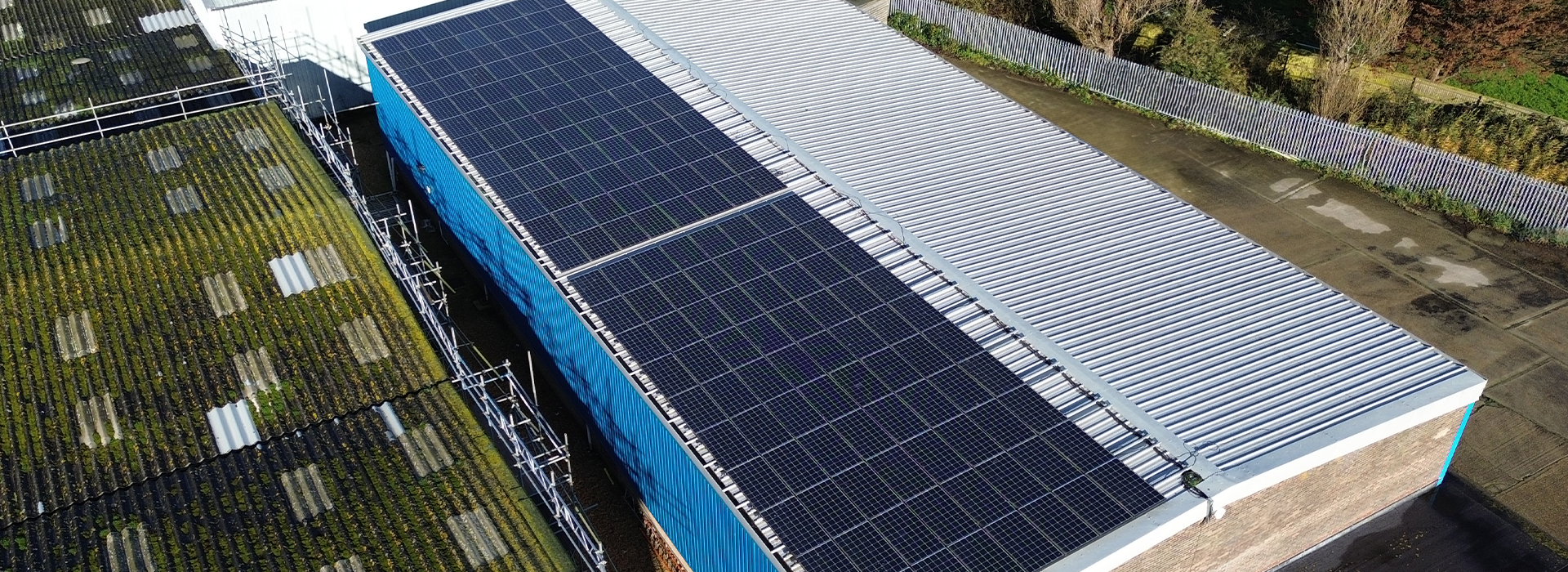Introduction
In the realm of industrial and commercial roofing, ensuring worker safety is paramount. The installation of fall protection systems, in compliance with Health and Safety Executive (HSE) regulations in the UK, is not only a legal obligation but a moral imperative. This article aims to delve into the intricacies of accessing industrial or commercial roofs in the UK while adhering to HSE fall protection guidelines and the importance of professionally installed fall protection systems.
Understanding Fall Protection
Fall protection encompasses a variety of measures aimed at preventing falls from elevated surfaces. Whether it’s guardrails, safety netting, or lifeline systems, the goal remains consistent: safeguarding workers from potential hazards.
Requirements for Accessing Industrial or Commercial Roofs
Under the purview of HSE regulations, employers are obligated to provide safe working environments for their employees. This includes ensuring that proper fall protection measures are in place when accessing industrial or commercial roofs. Compliance with these regulations not only mitigates risks but also fosters a culture of safety within the workplace.
Professional Installation of Fall Protection Systems
While the temptation to cut costs may be present, the importance of professional installation cannot be overstated. Certified installers possess the expertise and experience necessary to ensure that fall protection systems are installed correctly, maximising their effectiveness and longevity.
Types of Fall Protection Systems
From guardrail systems to safety netting and lifelines, there exists a myriad of fall protection solutions. The suitability of each system depends on various factors, including the nature of the work being performed and the layout of the roof.
Choosing the Right Fall Protection System
Selecting the appropriate fall protection system requires careful consideration of several factors, including roof configuration, frequency of access, and budget constraints. Tailoring solutions to specific needs ensures optimal safety and compliance.
Compliance with HSE Regulations
Adherence to HSE regulations is non-negotiable. Regular inspections and maintenance of fall protection systems are essential to ensure ongoing compliance and mitigate potential risks.
Cost Considerations
While the initial investment in fall protection systems may seem daunting, the long-term benefits far outweigh the costs. Budgeting for fall protection measures is an investment in both employee safety and organisational well-being.
Importance of Training and Education
Equipping employees with the knowledge and skills necessary to utilise fall protection equipment safely is imperative. Comprehensive training programs ensure that workers understand proper usage and maintenance protocols, reducing the risk of accidents.
Conclusion
In conclusion, prioritising fall protection on industrial or commercial roofs is not just a legal obligation but a fundamental responsibility. By adhering to HSE regulations and investing in professionally installed fall protection systems, organisations can create safer work environments and protect their most valuable assets—their employees.



